Newly discovered records document the role of Monsignor Angelo Roncalli, a Vatican diplomat in Istanbul during World War II who later became Pope John XXIII, in helping rescue thousands of Hungarian Jews from the Holocaust. They also lend weight to arguments that Pope Pius XII, who was pontiff during the war, failed to do all he could to prevent the systematic massacre of millions of Jews.
The memoirs, documents and letters stashed away in the private collection of a Jewish associate of Monsignor Roncalli describe frequent late-night meetings in the Vatican compound in the heart of Istanbul.
There, the two men composed urgent messages to the Holy See and obtained false papers to enable Jews to escape the reach of the Nazis and their allies.
Examined recently by Tel Aviv University professor Dina Porat, an internationally respected authority on the Holocaust, the documents attest to a unique relationship that had consequences of historic importance.
Monsignor Roncalli was serving as papal nuncio in Istanbul, essentially the Vatican’s ambassador. He went on to become one of the most beloved popes and, by convening the Second Vatican Council in 1962, opened the Catholic Church to a wave of modernization that included a revised liturgy and major efforts to unite with other Christian denominations.
His ally in the effort was Chaim Barlas, who had been sent to Istanbul as an emissary of the Jewish Agency Rescue Committee, established by the Jewish community in what was then Palestine to try to save European Jews from the Nazis.
“Roncalli allowed Barlas to meet him in the middle of the night to draft urgent letters to Pope Pius XII about the plight of Hungarian Jewry,” Mrs. Porat said in an interview. “He told Barlas that he sent cables to [Pius], but did not receive replies. It seemed to him that his ecclesiastical superiors who could act did not, and he wondered why.”
Mrs. Porat said she found several handwritten letters from Monsignor Roncalli to the pontiff, composed with the help of Mr. Barlas, which included criticism of the Vatican and others for failing to do enough to help the Jews.
The men intensified their efforts after the receipt in June 1944 of a report by two Slovakian Jews who had escaped a month earlier from the Auschwitz death camp in Poland.
That and a subsequent account describing the grisly massacre under way there came to be known as the Auschwitz Protocols.
Mr. Barlas “translated it into German, drafted a precise summary dated June 23, 1944, and was granted an audience with Roncalli a day later,” Mrs. Porat said. “Roncalli wept upon reading its contents and relayed it immediately to the Vatican.”
Pius subsequently wrote a letter to Adm. Miklos Horthy, a Nazi ally serving as president of Hungary, urging him to halt the deportation of Hungarian Jews to Poland, which was being expedited by Nazi officer Adolf Eichmann.
“By July 7, 1944, they were stopped,” Mrs. Porat said.
Yitzhak Minerbi, one of Israel’s leading specialists on the Vatican’s conduct and policies during World War II, said Monsignor Roncalli’s contribution goes far beyond alerting the Holy See to the genocide.
As confirmed by the Barlas papers, he also issued transit passes and approved false baptismal certificates that enabled 12,000 Jews to escape Hungary, Mr. Minerbi said.
Monsignor Roncalli’s efforts also have been lauded by Baruch Tenenbaum, head of the International Raoul Wallenberg Foundation, named after the Swedish diplomat who plucked outbound Jews from deportation trains and hid them in safe houses throughout the Hungarian capital.
Asked about Pope John XXIII, Mr. Tenenbaum said: “He should be cited by Yad Vashem, Israel’s Holocaust memorial, as the foremost name on its list of righteous gentiles.”
Those honored at the memorial are non-Jews who risked their lives to rescue Jews from the Nazis.


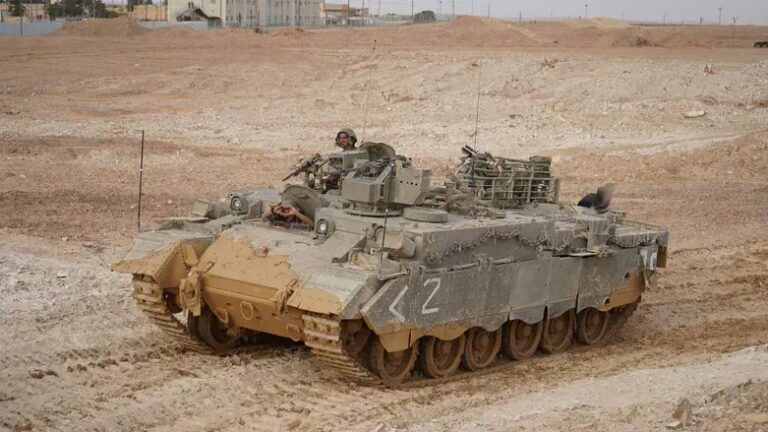

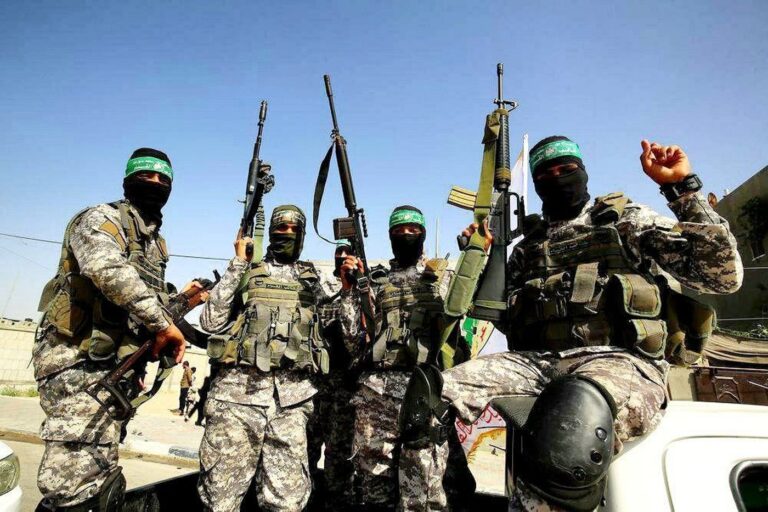

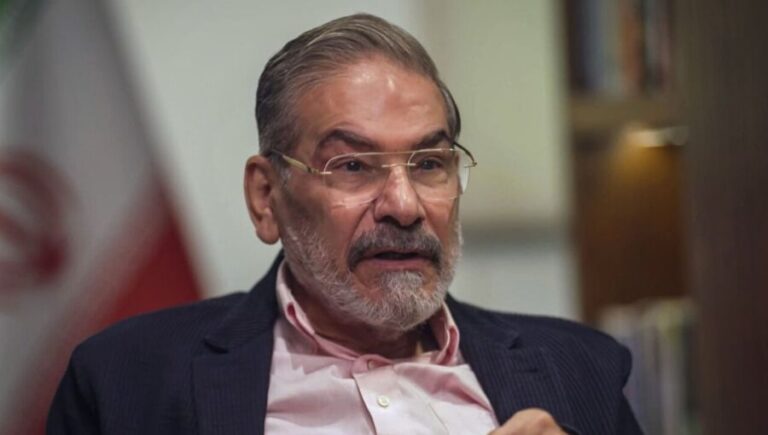
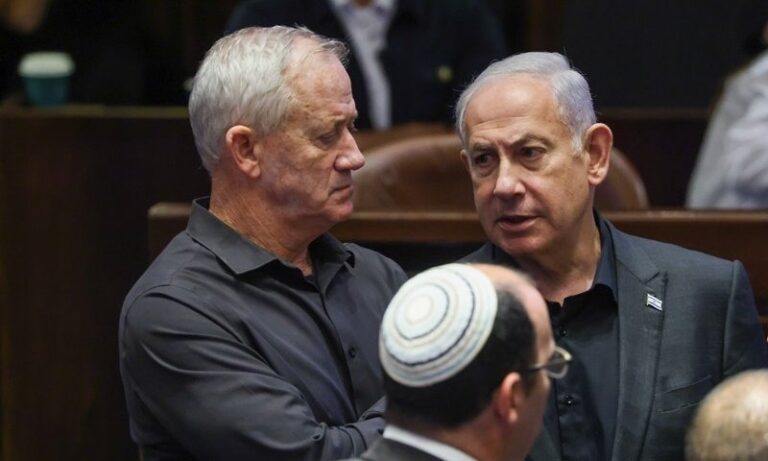

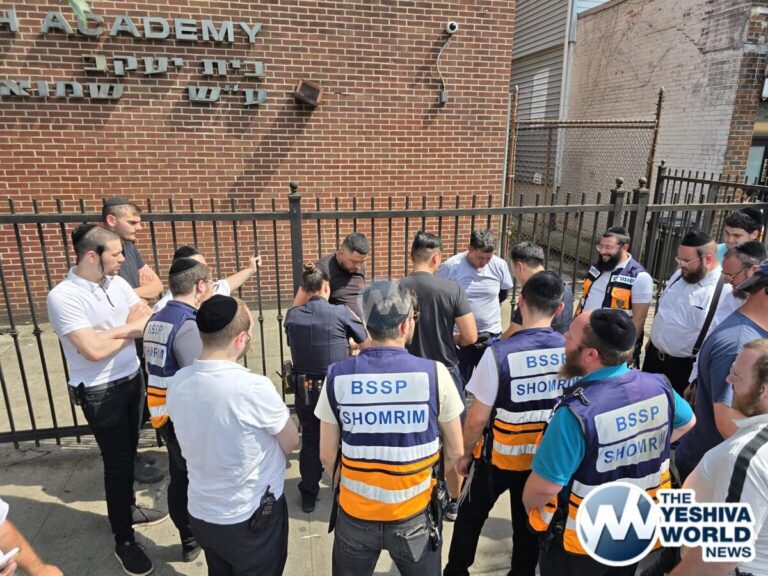
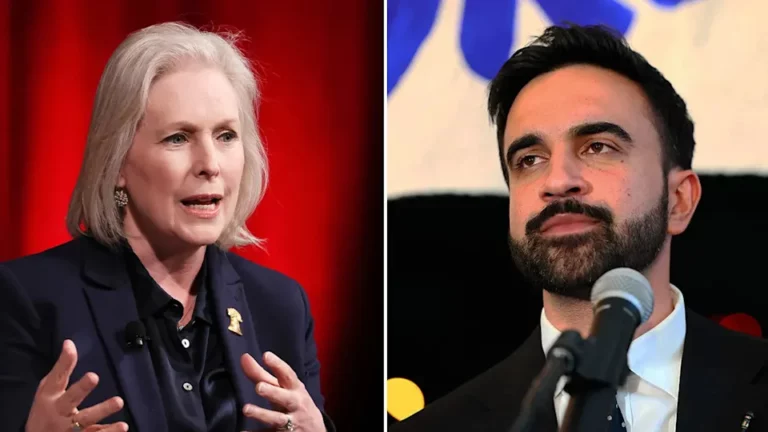
12 Responses
Pope John XXIII is not Pope John Paul II who died two years ago. Pope John XXIII was elected as the 261st Pope on October 28, 1958. Living only a few years, and dying on June 3, 1963
I don’t think we need a picture of this ‘shaigets’, on Yeshiva World
I absolutely agree with sechel- there is NO reason or toeles that when we go to such a site we have to see a picture of their avoda zarahniks.
I hope you will not repeat this mistake.
I agree take the picture down
Yes he WAS indeed A good man
OK you guys win.
Picture is now removed.
YW
Was the picture just a picture of the pope? and I don’t think that someone who saved thousands of jews should be called a shaigetz even though he is a pope.
Shaigets? He saved at least 12,000 Jewish lives (assuming that picture was of Pope John the 23rd) and tried his best to save even more. A little respect is due to a man who was a true friend of Am Yisroel, whatever his beliefs and official position may have been.
yes i dont care if the pic is up or not but someone that saves one jew its like he saved the whole world isnt that so?? not so yushur to call him a shagetz like that even though rightfully so he indded is but..!! u know
Eggy:
Shaigetz is derogatory no matter how you slice it, so that the subject of the article is most certainly not a shaigetz chas vesholom. Carter is a shaigetz, and the Teheran Six are shkootzim in the classic sense of “Shaigetz Aroys!” :). The correct word for a non-Jew is goy or noichri.
I totally agree with ITZIK!!!I dont understand why you rmoved the pciture of a man who possiibly is one of the chasidei umos haolom. This is a great site but please lets be a little more open minded .
hey he wears a yamerlka how “off” can he be?
*kidding*